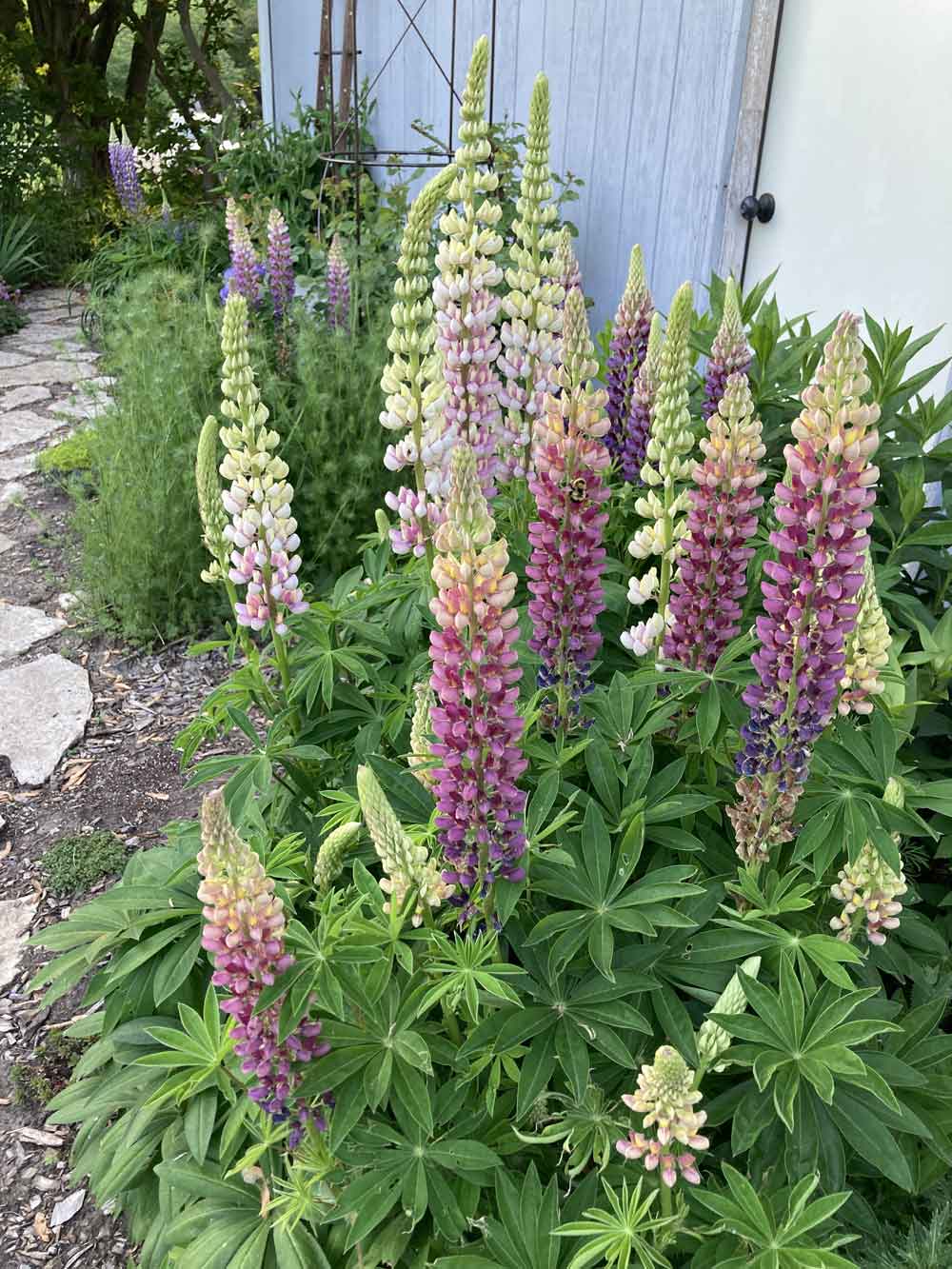When to Plant Lupine Seeds
Direct sow in early Spring, as soon as the soil is able to be worked. You can also start Lupine seeds indoors, 4-8 weeks before the final frost of the Spring. In temperate climates, Lupine seeds can also be sown in the Fall, after the first killing frost.
Where to Plant Lupine Seeds
Choose a space with Full Sun conditions, or some light shade. Lupines do best in moist, well-draining, somewhat sandy and well-worked soil.
How to Plant Lupine Seeds
Lupine seeds require scarification prior to planting. This is a simple process that involves nicking the seeds with a knife or rubbing them with sandpaper or a file. Learn more about the importance of scarification here.
Direct sow your seeds onto the surface of the soil and compress, but do not cover, as Lupines need sunlight to germinate. Sprouts will appear in about 10-15 days.
How to Care for Lupine
Deadhead spent blooms to encourage additional flowering through the season. Taller varieties of Lupine may need staking as well. Don’t cut down dead spikes in the Spring/summer, and instead wait until the fall. Likewise, seed pods can be harvested and saved for future plantings. For perennial Lupine, mulching in the winter can be beneficial for the roots. As Spring approaches, the mulching can be removed.







